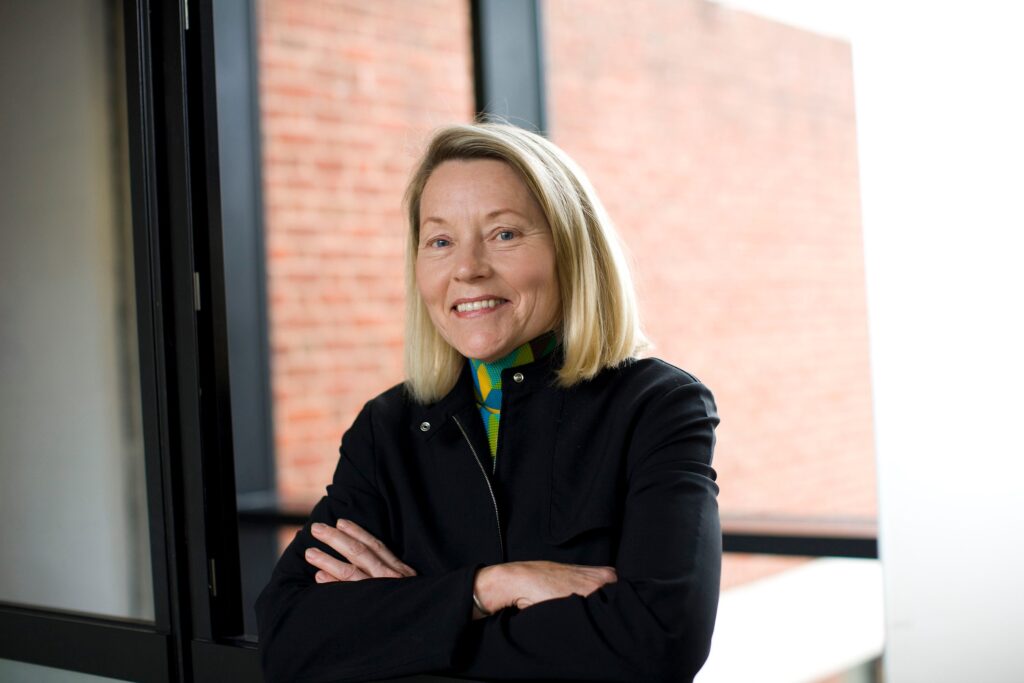
Karen Van Lengen, FAIA, is an architect, the Kenan Professor of Architecture, and former Dean (1999-2009) of the School of Architecture at the University of Virginia. To her deanship, she brought a decade-long conversation on the relation of ethics and aesthetics to the School and successfully introduced several faculty-designed additions and renovations to the Architecture School that gave the University a new vision of campus architecture. Her current research focuses on the exploration of sound and communication as an integral part of the architectural design process. With artist Jim Welty, they have created interpretive visual animations of the soundscapes of iconic buildings and landscapes. Their work is included in the permanent collections of several international museums. Van Lengen has authored several books and articles related to themes of sonic spaces, and landscapes. Van Lengen began her professional career as an Associate of I.M. Pei & Partners before founding her own award-winning firm in New York City, Karen Van Lengen Architects.
Where did you go to architecture school?
Columbia University School of Architecture Planning and Preservation, MArch.
What do you think it takes to be an architect?
A strong dedicated belief in the future. That what we design, make, alter, and restore can positively influence the world around us and one another.
Is there an architect that particularly inspires you?
There are many: Hans Scharoun, Sauerbruch and Hutton, Thom Pfeiffer, Deborah Berke, Lacaton & Vassal, Jeanne Gang, Toshiko Mori and others.
What’s the best meal you’ve ever had?
Hard to pin that down to one meal, but off the top of my head, a delicious memory comes from a tiny informal restaurant in Portoria, Umbria, Italy where I had the most exquisite Linguine Porcini, never to have been matched since. At home, I would say Red Snapper Soup made by my husband Jim Welty.
Why do you volunteer with AIA?
The organization is an essential part of our professional community. It allows a diversity of people, from practitioners to academics to work together for the common good of our very important designed and natural environments.
